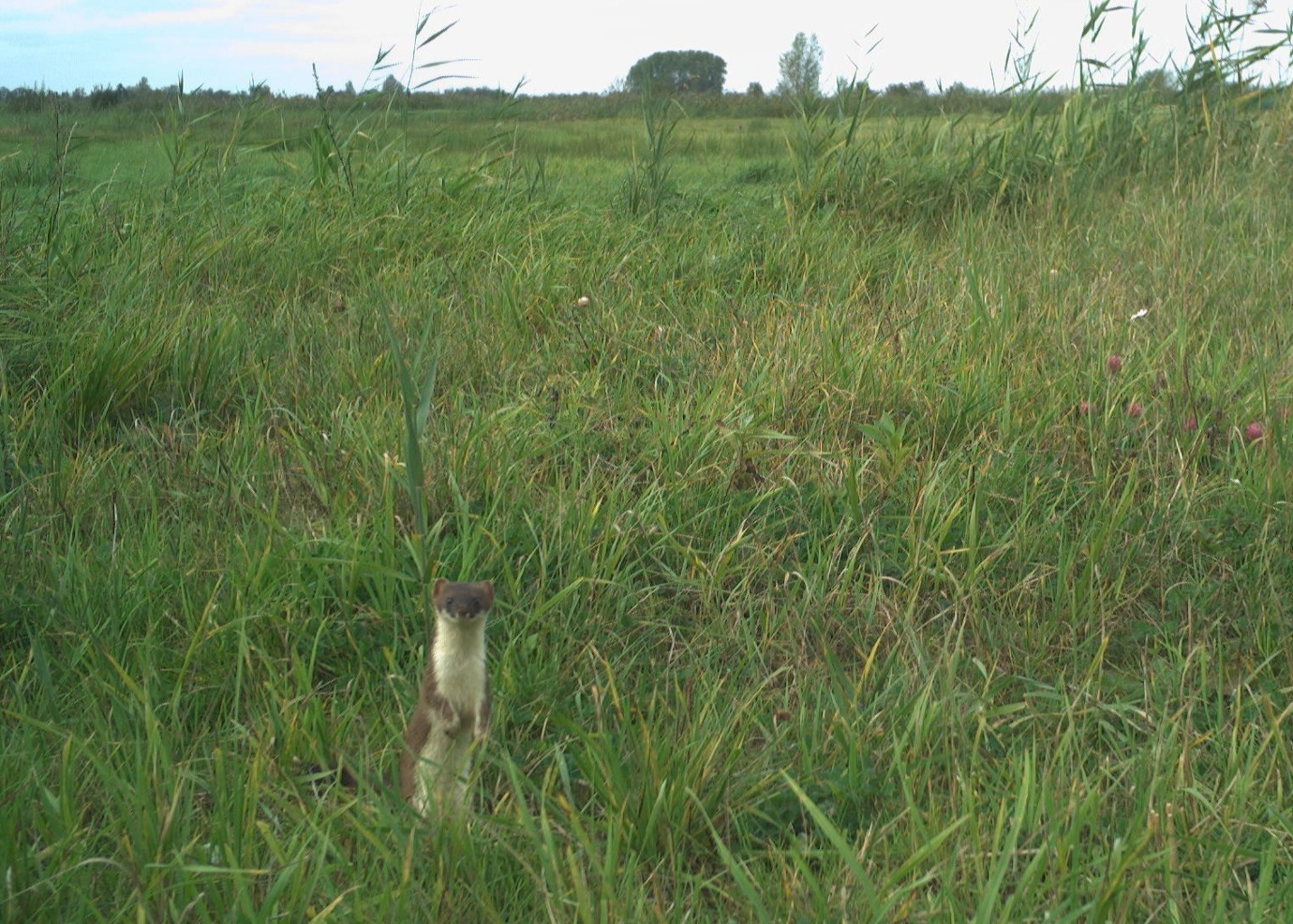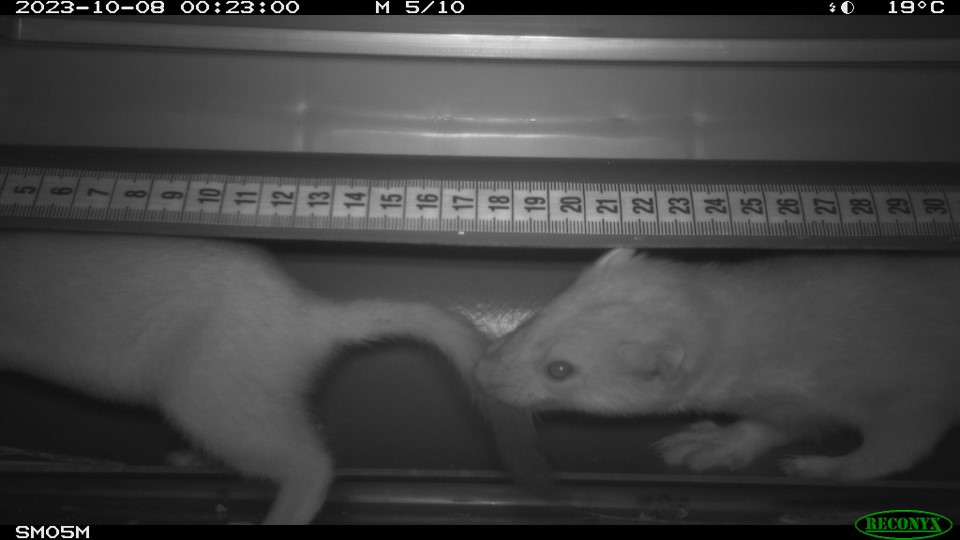Weaseling out the best way to monitor small carnivores

The common weasel, stoat, and European polecat may be silently disappearing from the Dutch landscape. At least, that is what biologists suspect. These animals are so elusive and difficult to study that we actually know very little about their status.
FSE Science Newsroom | René Fransen
To address this, researchers at the University of Groningen’s Institute for Evolutionary Life Sciences, in collaboration with ecologists from the Netherlands and a researcher from Sweden, investigated which monitoring methods are most effective for small mustelids. They concluded that regular camera traps often fall short, while camera traps placed inside boxes prove more effective for studying these shy little creatures.
‘The finding that a camera trap placed inside a box with a tube, also known as a Mostela, was most effective for detecting weasels and stoats was to be expected’, explains Pieter Otte, first author of the paper on this study. ‘These species hunt mice in burrows and are therefore likely to be attracted to the tunnel in the Mostela.’
Practical tools
However, the legislation for monitoring this species in the Netherlands did not recommend this method, as it had not yet been proven that stoats could be effectively monitored using the Mostela. That has now been demonstrated in the new study, published in the journal Ecological Solutions and Evidence. Another result of this research is that Otte and his colleagues were able to show that polecats, which are larger than mustelids, were more frequently captured on camera traps mounted on stakes.

‘Taken together, these results provide us with practical tools for nationwide monitoring,’ explains Otte. ‘This will finally allow us to gain a clearer picture of how these species are really faring, and hopefully prevent them from disappearing unnoticed.’
Reference: Pieter J. Otte, Tim R. Hofmeester, Jasja Dekker, Bob Jonge Poerink, Christian Smit. Optimizing small mustelid monitoring: Enclosed camera traps increase detection of the smallest carnivores. Ecological Solutions and Evidence, 2 October 2025
More news
-
23 October 2025
Storing electric power in a fluid
-
23 October 2025
Nine UG researchers awarded Vidi grant
-
23 October 2025
Thousands of eyes on the sky: 4MOST sees first light
